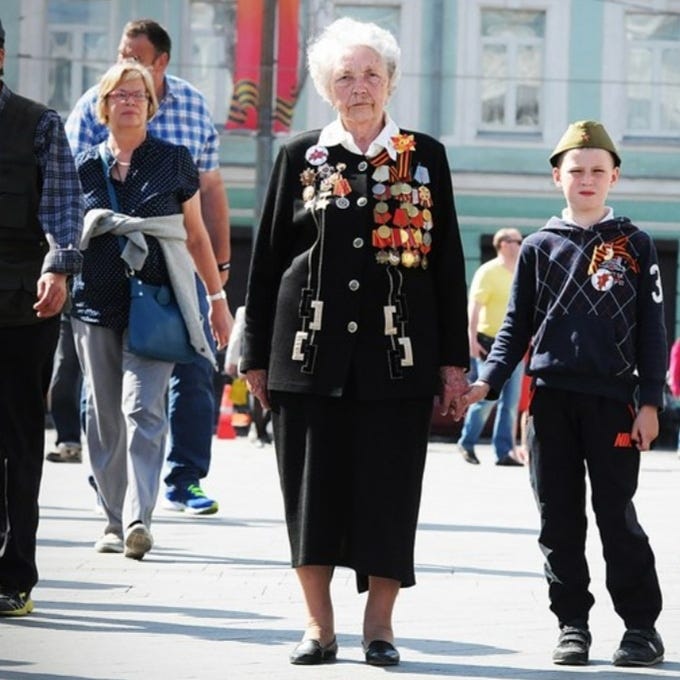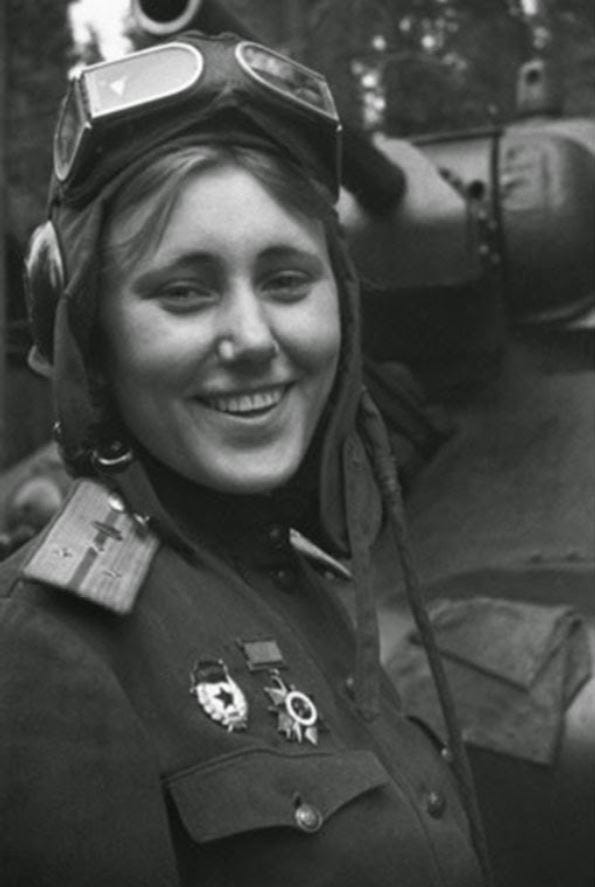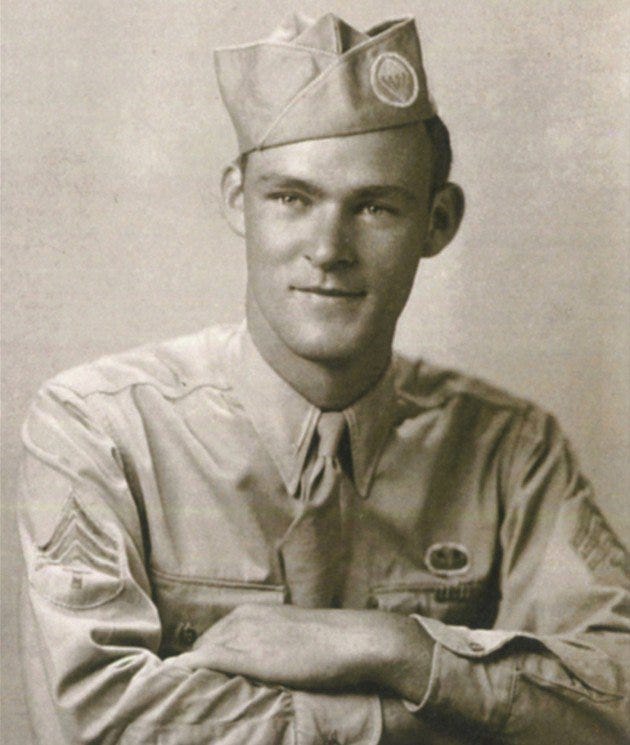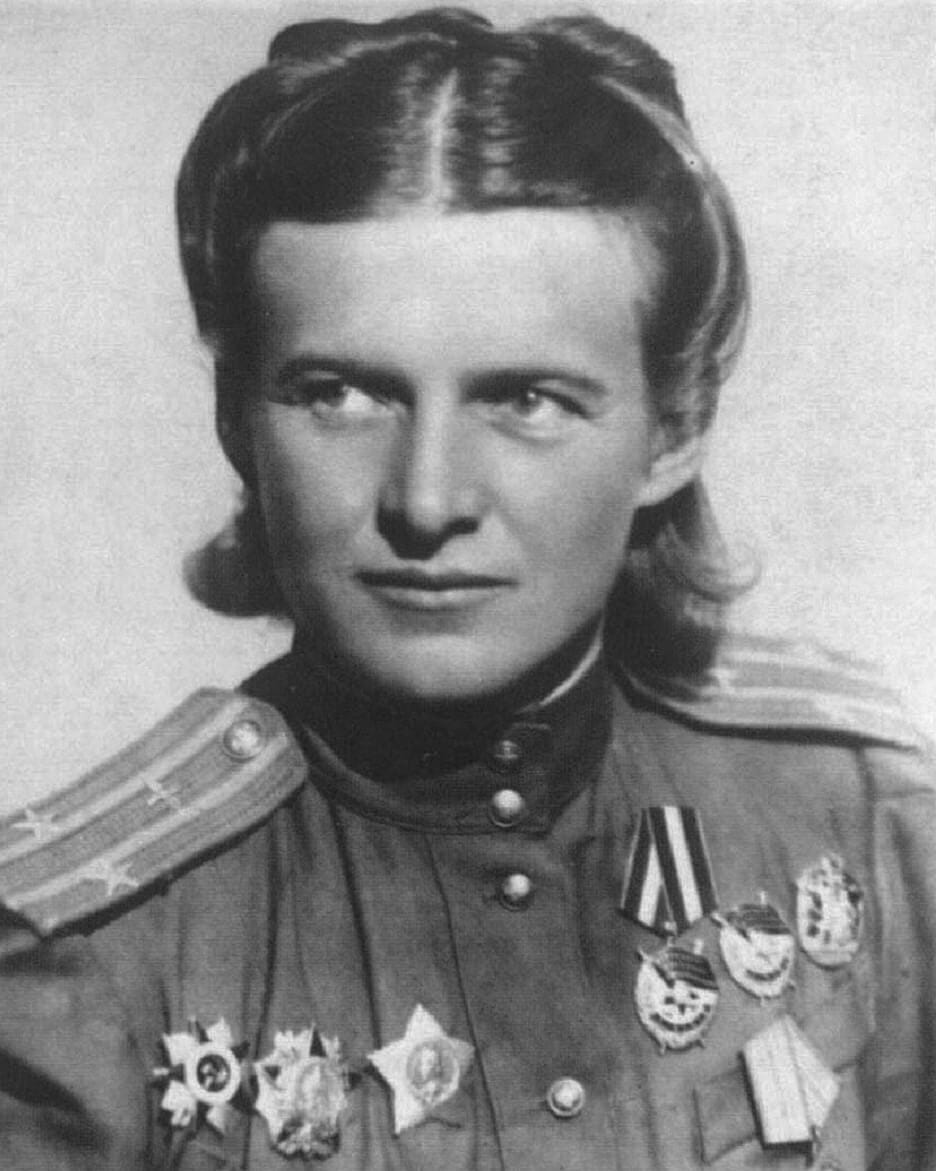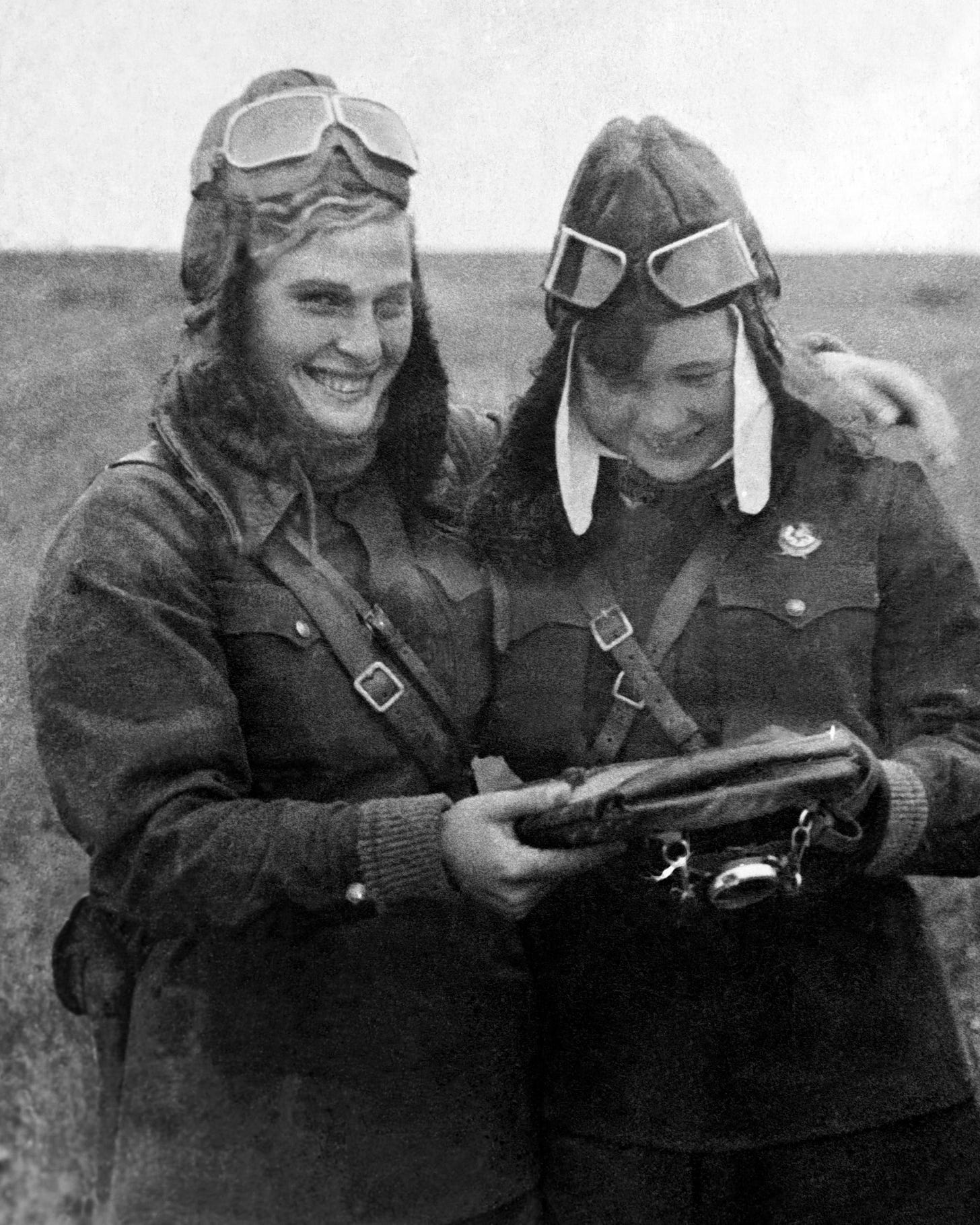I defended my thesis and graduated from my public history master’s program in May 2019. Since that time, I’ve enjoyed continuing to share stories of extraordinary women. Part of my goal with my thesis project, including the exhibit, paper, and social media presence, has always been to spread the word about the deeds and treatment of Soviet female veterans. By sharing their stories, we help normalize seeing women in combat situations and prove their capabilities are equal to their male counterparts. Thank you for showing there is an interest in this work and supporting my small effort in remembering these amazing women.
Hayley
Nina Vishlova Grigorievna, 90
At 16 years old, Grigorievna was incorporated into the Red Army following the Russians’ move towards Prague, where she said she took part in the battle to retake the capital of Czechoslovakia in early 1945. “I took care of traffic regulations on the road leading to the front lines where vehicles and troops were passing,” she said.
More stories like Nina’s can be found here: https://www.vanityfair.com/news/photos/2015/05/red-army-women-wwii-veterans.
Aleksandra Samusenko began her military career as an infantry soldier fighting in the Winter War in Finland prior to the German invasion of the Soviet Union. After graduating from the tank academy, she was assigned to the 1st Guards Tank Army. As a tank commander, she operated a T-34 tank and is believed to be the only woman tanker in the 1st Guards Tank Army.
Samusenko was awarded the Order of the Red Star for bravery in the Battle of Kursk and received the Order of the Patriotic War 1st class posthumously in March 1945. During the East Pomeranian Offensive she died of her wounds on March 3, 1945. She was only 23 and a mere 70 kilometers from Berlin.
How she perished is up for debate. One account says Samusenko was crushed under the tracks of a tank who could not see her in the dark. Another is that she was actually crushed by a German self-propelled artillery vehicle. One other version of that story is that just her legs were crushed and the Germans managed to capture her. She was interrogated, tortured and, having achieved nothing, was shot. Lastly, another account is that Samusenko died from a direct hit in a tank, but managed to get out of the tank and passed away after succumbing to her wounds.
Much of what Americans know of Aleksandra Samusenko comes from Joseph Beyrle. He was an American G.I. believed to be the only soldier to serve with both the U.S. Army and the Soviet Red Army. A paratrooper with the 101st Airborne, Beyrle was separated from his unit on D-Day (June 6, 1944) when his C-47 came under heavy fire. Forced to jump at low altitudes and not at the planned time, Beyrle was captured and held in a German POW camp for seven months.
Beyrle escaped in January 1945 and was picked up by Samusenko's tank brigade. He convinced her to let him serve alongside her unit in a month-long stint in the Red Army. Beyrle respected Samusenko and referred to her as "a symbol of the fortitude and courage displayed by the Soviet people during that period." His new battalion eventually freed his former POW camp and he was awarded the Soviet Order of the Red Banner medal for the liberation of Warsaw.
Beyrle was wounded in February 1945 and spent the remainder of the war in hospitals and the U.S. Embassy in Moscow before returning home to the U.S. in April 1945. He died in 2004.
Maj. Yevdokiya Bershanskaya began her flying career at the Bataysk School of Pilots in 1931, where after graduating, she trained other pilots from 1932 to 1939. By the time of the German invasion in 1941, Bershanskaya was chosen to lead the 588th Night Bomber Regimen with her decade of flight experience. Under her leadership, the Night Witches they flew over 23,000 sorties, and dropped over 3,000 tons of bombs and had received Guards designation and was reorganized as the 46th Guards Night Bomber Aviation Regiment. She was awarded the Order of the Red Banner and many other distinctions.
After the war, Bershanskaya married Konstantin Bocharov, the commander of the 889th Light Night Bomber Aviation Regiment, which had worked closely with the 46th Guards Night Bomber Regiment. The wedding was attended by many members of their regiments. She died of a heart attack in 1982.



